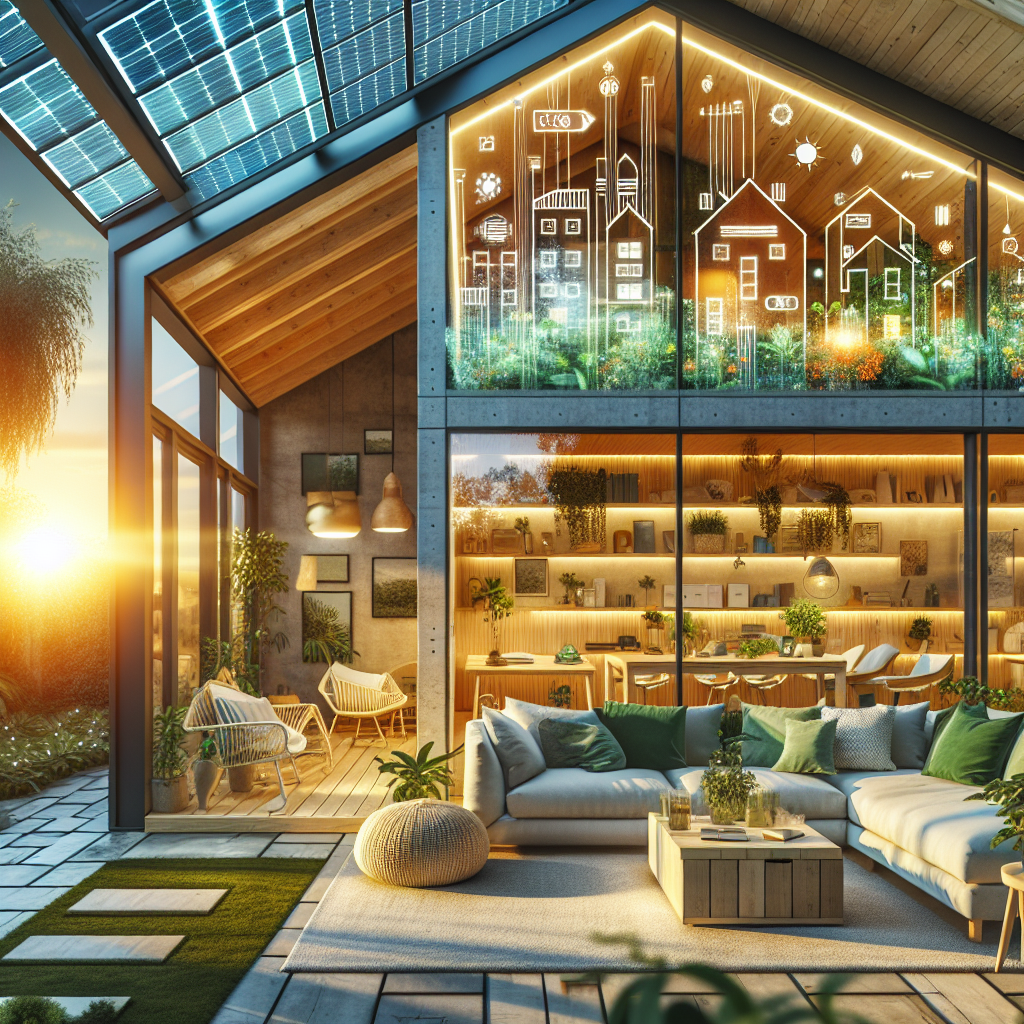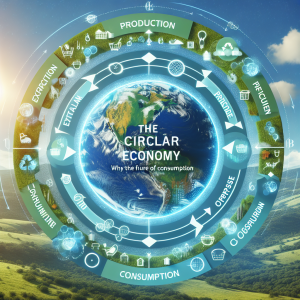Energy efficiency at home is increasingly vital, not just for reducing utility bills, but also for diminishing carbon footprints and promoting a sustainable lifestyle. Improving energy efficiency in your household can be achieved through a variety of strategies that range from low-cost changes to more significant investments. Understanding the most effective methods and technologies can help homeowners make the smartest choices.
To begin with, a home energy audit is an essential first step. By conducting an energy assessment, you can identify where your home is losing energy and prioritize improvements. Professional auditors use specialized tools to locate leaks, measure insulation levels, and evaluate energy consumption. Based on their findings, they can provide a detailed plan tailored to enhance your home’s energy efficiency.
One of the simplest yet most effective improvements is sealing leaks and drafts. Inspect windows, doors, and other openings where air might escape or enter. Weatherstripping and caulking are cost-effective solutions that can significantly reduce heating and cooling expenses. Additionally, installing draft blockers under doors and using heavy curtains can further decrease energy loss.
Insulation plays a critical role in maintaining an energy-efficient home. Ensuring your home is adequately insulated minimizes the need for heating and cooling. Check the insulation levels in your attic, walls, and basement. Upgrading insulation or adding more in under-insulated areas can lead to substantial savings. A variety of insulation materials are available, such as fiberglass, cellulose, and foam, each with its own benefits and installation requirements.
Windows are another component where energy efficiency can be greatly improved. Consider replacing single-pane windows with energy-efficient double or triple-pane windows. These types are often filled with inert gas and are specially coated to reduce heat loss. If replacement is not feasible, applying window films, storm windows, or using thermal-backed drapes can also enhance efficiency.
Lighting upgrades are a straightforward and cost-effective way to boost energy efficiency. Transitioning to LED bulbs saves up to 80% more energy than traditional incandescent bulbs and lasts much longer. Additionally, using smart lighting systems allows for automation and control over your home’s lighting, further optimizing consumption.
Heating, ventilation, and air conditioning (HVAC) systems account for a significant portion of household energy use. Regular maintenance, such as changing filters and cleaning ducts, ensures efficient operation. Replacing outdated systems with Energy Star-rated models can also significantly cut energy consumption. Consider installing a programmable thermostat, which can automatically adjust temperatures based on your schedule, preventing unnecessary heating or cooling when the home is unoccupied.
Water heating is another area where efficiency improvements can make a considerable difference. Insulating your water heater and pipes reduces the amount of time the system needs to operate. Lowering the thermostat on your water heater to around 120 degrees Fahrenheit can also save energy. As a long-term solution, consider investing in a tankless water heater, which is more efficient than traditional water heaters.
Appliances are another focal point in energy efficiency. Choosing Energy Star-certified appliances can significantly reduce energy usage. Even small changes, like using a microwave or toaster oven instead of a full-sized oven for small meals, can contribute to energy savings. Additionally, unplugging electronics when not in use, or using power strips to switch them off completely, helps prevent energy waste caused by standby power.
Incorporating renewable energy sources into your home can further enhance energy efficiency. Installing solar panels or a small wind turbine can reduce reliance on the grid and decrease energy costs over time. Many regions offer incentives and tax credits for renewable energy installations, making them more financially accessible.
Moreover, maximizing natural light within your home can reduce the need for artificial lighting during the day. Strategically placing mirrors and choosing lighter paint colors can help distribute sunlight more effectively throughout your space. Skylights and large windows, particularly those with low-emissivity glass, are terrific for boosting natural light while maintaining insulation.
Lastly, adopting energy-efficient habits is crucial for maintaining a low-energy household. Encouraging family members to turn off lights, close doors, and unplug devices can collectively lead to significant energy savings. Educating everyone in the household about the benefits and techniques of energy efficiency cultivates a culture of sustainability.
Making your home more energy-efficient is a beneficial undertaking that not only saves money but also contributes to environmental conservation efforts. From basic weatherproofing and better insulation to investing in renewable resources, each step taken towards efficiency brings you closer to a more sustainable and comfortable home. Employ these approaches in your home, and not only will your energy usage decrease, but your household will also set an example of eco-friendly living.




